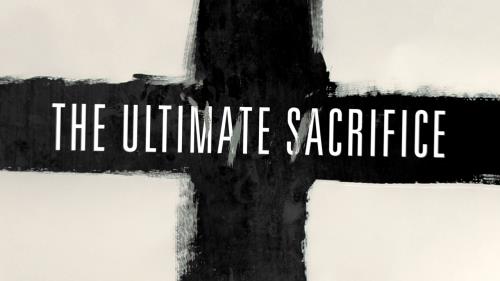-
A Time Of Rejoicing Series
Contributed by Chris Hodges on Nov 28, 2017 (message contributor)
Summary: To note the joy that is found in Christ.
The Gospel of Mark #8:
A Time of Rejoicing
Text: Mark 2:18-22
Thesis: To note the joy that is found in Christ.
Introduction:
(1) Jesus had just been criticized for associating with sinners.
(2) Now, His critics questioned His disciples concerning fasting.
Discussion:
I. The Story:
A. The Pharisees and even the disciples of John were regularly fasting.
1. “In the Jewish religion there was only one day in all the year that was a
compulsory fast, and that was the Day of Atonement” (Barclay 58) (cf. Lev. 16:24).
2. It seems that by the time of Zechariah, 4 additional feasts were added (8:19). According to Esther 9:31, a fifth additional feast was added.
3. “The stricter Jews fasted on two days every week, on Mondays and Thursdays” (Barclay 58) (cf. Luke 18:12).
a. “The trouble about the Pharisees was that in far too many cases their fasting was for self-display. It was to call the attention of men to their goodness. They actually whitened their faces and went about with disheveled garments on their fast days so that no one could miss the fact that they were fasting and so everyone would see and admire their devotion. It was to call the attention of God to their piety. They felt that this special act of extra piety would bring them to the notice of God. Their fasting was a ritual and a self-displaying ritual at that” (Barclay 59).
b. “The Pharisees’ attitude derived from, among other things, the false assumption that true religion was a solemn, joyless affair, an assumption which some people hold even today” (Hughes 1:77).
B. The question in verse 18 “insinuates that if Jesus and his followers intend to be taken seriously they had better pay greater attention to fasting protocol” (Edwards 89).
C. Jesus responded by stating that His disciples are to rejoice.
1. “After an ancient Jewish wedding, the couple did not honeymoon, but stayed home for a week of open house in which there was continual feasting and celebration … The bride and groom were treated like a king and queen that week … They were attended by chosen friends … Their guests were exempted from all fasting through a rabbinical ruling which said, ‘All in attendance on the bridegroom are relieved of all religious observances which would lessen their joy” (Hughes 1:77-78).
a. “The wedding imagery suggests a sense of new beginnings, and of a new relationship established with the people of God, and it especially conveys the joy and exhilaration of this new situation” (France 139).
b. “Jesus was teaching them that a new relationship had come with the Bridegroom, Himself, a relationship which can only be expressed in terms of joy, gladness, and celebration” (Schubert 36).
c. “Jesus had already made it clear that He came to convert the sinners, not to compliment the self-righteous. Now He told them that He had come to bring gladness, not sadness” (Wiersbe 1:117).
d. “Jesus is both the center and the cause of the joy that his disciples experience” (Lane 110).
e. In verse 20, He does refer to a day of sorrow.
(1) “Jesus’ reference here … refers to mourning over His death” (Black 73-74).
(2) “He was looking into the future to the day when the cross would be reality. He knew the cross was before Him” (Schubert 36).
(3) However, “the joy of the resurrection will transform all grief and sorrow” (Garland 105).
2. “The two brief ‘parables’ of vv. 21 and 22 … apply to the newness of Jesus’ radical message of the kingdom of God, and its incompatibility with the existing forms of religion and society, as is already being shown in Mark’s story by the conflicts with representatives of the status quo into which Jesus’ ministry is increasingly leading him. Both parables speak not only of incompatibility, but of the destructive results of attempting a compromise with the old” (France 141).
a. In verse 21, Jesus said that trying to combine the new with the old “would be like tearing patches from a new unshrunk garment and sewing them on an old garment. You would ruin the new garment; and when the old garment was washed, the patches would shrink, rip away, and ruin that garment too” (Wiersbe 1:117).
(1) “The new fabric which Christ brings cannot be interwoven with the tired fibers of old religion, it will simply tear it apart” (Hughes 1:78).
(2) “The new that Jesus brings is incompatible with the old. He has not come to patch up an old system that does not match the revolutionary rule of God. He is not simply a reformer of the old, but one who will transform it. There can be no concessions, no accommodations, and no compromises with the old” (Garland 105).
(3) “The point is not that the ‘old’ is wrong or evil but that its time has passed” (Brooks 65).

 Sermon Central
Sermon Central



